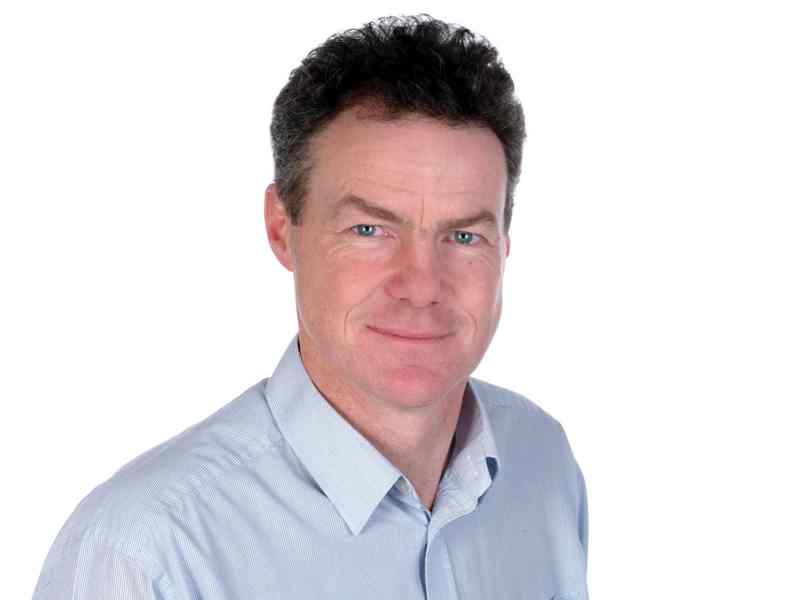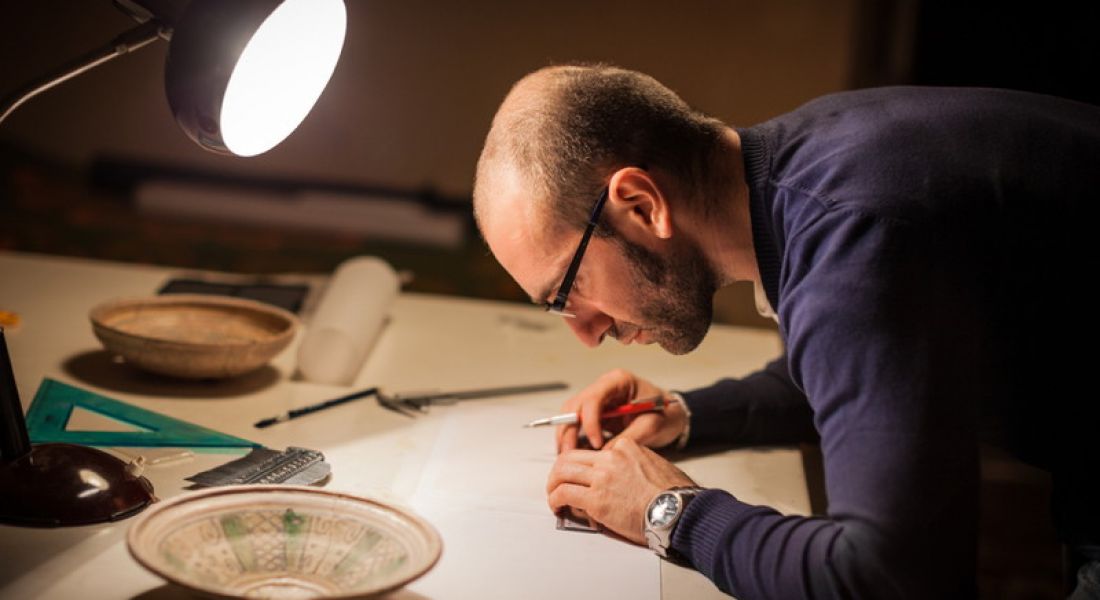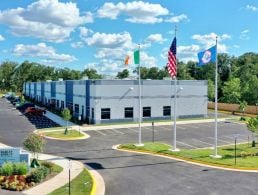In the fourth of our Science Week series, Royal Irish Academy member Prof Gabriel Cooney outlines the potential for collaboration in STEM education and archaeology.
To coincide with Science Week in Ireland this week, members of the Royal Irish Academy discuss various issues within and outside of the classroom that Ireland would do well to reflect upon as it looks to position itself as learning and learned 21st-century society. Prof Gabriel Cooney, UCD School of Archaeology, is our fourth contributor.
At first glance, it might seem there are limited grounds for any discussion about connections between archaeology and science, technology, engineering and mathematics (STEM). In the popular view (which is sometimes one alarmingly shared by those who might be expected to have a more nuanced understanding of the discipline), archaeology deals with the dusty past, featuring romantic Indiana Jones-type figures, the secrets revealed by excavation (preferably in an exotic location), or the controversies that arise when the uncomfortable realities of trying to reconcile the needs of development and cultural heritage collide.
STEM, on the other hand, is portrayed as being very much of the moment, providing a path to a future, with education and research in this area driving economic, social and cultural development. Examined more closely, however, it can be argued that there are close and varied links between archaeology and STEM, which could usefully be taken into account in STEM education from the primary level onwards.
Definition of archaeology

Gabriel Cooney, professor of Celtic archaeology, head of school in the UCD School of Archaeology, and member of the Royal Irish Academy
In reality, archaeology is the study of past societies through the material world of things that people made and the social environments that they created. In their research, archaeologists uncover and interrogate this material knowledge of human history. Archaeology considers how previous societies worked, the impact of innovation and the ways in which people and societies changed—and how they adapted to change, both technological and environmental.
Uncovering new evidence through excavation and applying new methods and technologies to data that have already been collected, the discipline makes major contributions to global issues and key innovations in the past; such as the moments when societies in different parts of the world switched from hunting and gathering to farming. Indeed, archaeology is a central discipline leading research into what has come to be called deep human history, taking us back to the origins of humanity itself.
Taking this perspective, I would suggest that there are potentially three strands to the links between archaeology and STEM education that would be worth exploring.
Firstly, archaeologists study the application of science, technology, engineering and mathematics by people in the past. The ability of people to live in specific environments, using available resources and creating distinctive cultural worlds was founded on their understanding of how the world worked.
Experimental and materials analysis work undertaken by archaeologists has demonstrated the level of sophisticated technological knowledge that was present in past societies, illustrated, for example, in the ability and ingenuity displayed in early Irish metallurgy. There are obvious examples that are used in STEM education, such as the engineering ability of the builders of Newgrange in aligning this monument with the mid-winter solstice, but STEM education would surely benefit from a more consistent engagement with archaeology and a recognition that STEM is not just a feature of the present, but is central to the history of humanity from its very beginning.
Archaeological research uses STEM
Secondly, the reality is that archaeologists rely heavily on, and work closely with, STEM to conduct their research. To take two examples: (1) the combined application of osteoarchaeology, isotopic analysis, ancient DNA and the latest advances in dating techniques is revolutionising our understanding of the diet, lives and deaths of people in societies across Europe from prehistoric times; (2) scientific sourcing studies are providing the potential to differentiate between sources of raw materials and to recognise the scale and extent of trading and exchange networks in pre-industrial societies. Given the widely shared fascination with the past, this real-time application of STEM to human history demonstrates that it has a valuable role to play in the research of disciplines, such as archaeology, and makes a key contribution to the understanding of human history and heritage.
Finally, and building on the first two points, I would like to argue that there would be benefits from an explicit referencing in STEM education to the reality that knowledge of science, technology, engineering and mathematics is not just the domain of modern society but has been a key characteristic of human development since the earliest times.
The corollary of this is that the construction of knowledge, the way in which we understand and approach the world, is always culturally constructed. Rather than putting STEM education in a box and in doing so perhaps perpetuating a situation where it is seen as separate from other elements of primary and post-primary education, we should be seeking to explicitly link STEM to all aspects of education. In this way, we might hope to provide a greater understanding of the ways in which science, technology, engineering and mathematics are, on the one hand, central to modern society and on the other an appreciation that today’s innovation is the past of the future.
Gabriel Cooney is professor of Celtic archaeology and head of school in the UCD School of Archaeology. He serves on the council of the Royal Irish Academy. He is also chair of the Historic Monuments Council, Northern Ireland, a statutory advisory council to the Department of the Environment and a member of the Heritage Council. He is an expert member of the International Committee on Archaeological Heritage Management of ICOMOS (International Council on Monuments and Sites). His research specialisation is the material world of early farming societies.
The Royal Irish Academy is an all-island independent body that brings together the worlds of academia, government and industry, to address issues of mutual interest. Drawing on its members’ expertise, it contributes to public debate and public policy formation on issues in the humanities, science, technology and culture. Election to membership of the academy represents the highest academic honour in Ireland.
The views and opinions expressed by authors in this series are their own and do not reflect the position of the academy. They are simply an illustration of the various opinions reflective of the diverse academy membership.

This work is licensed under a Creative Commons Attribution 3.0 Unported License
Archaeologist image via Shutterstock




